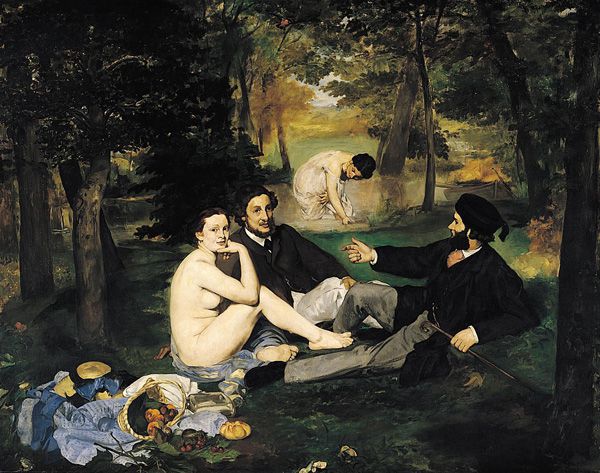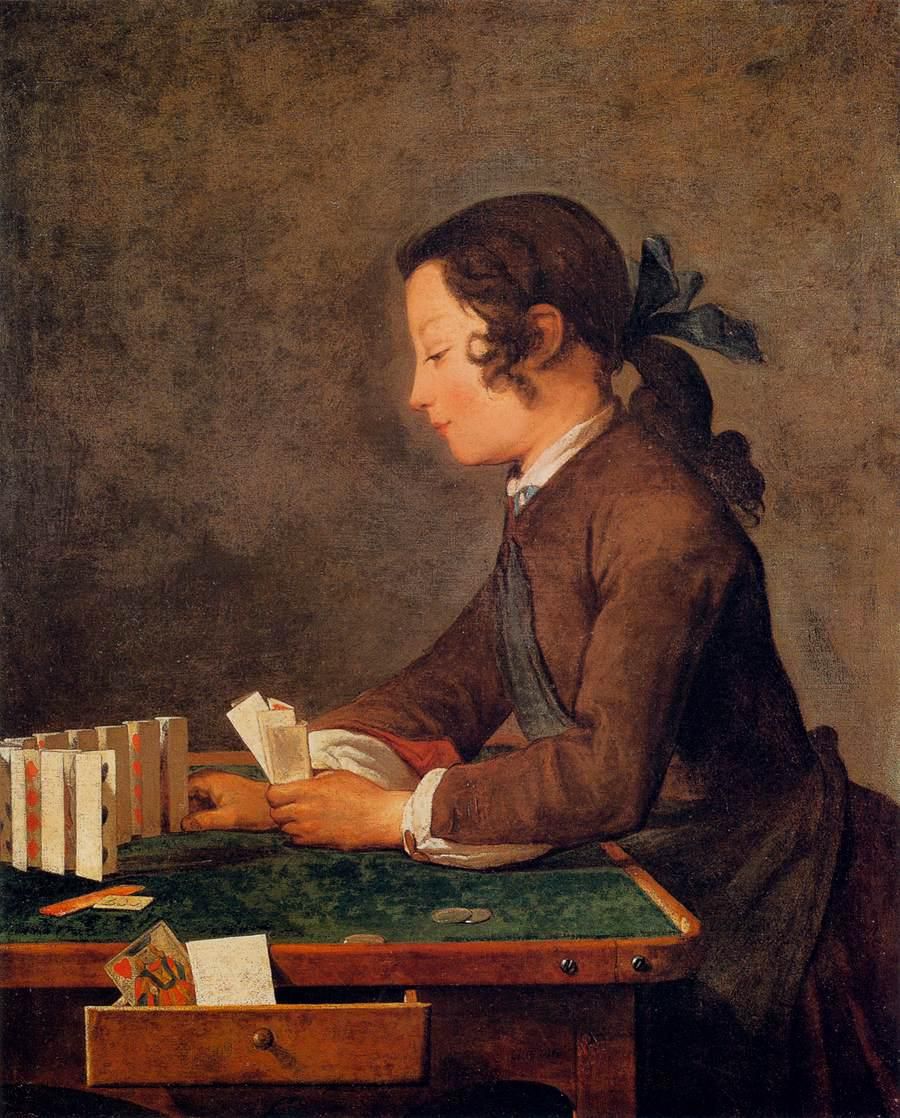Book Review: Robert B. Pippin, *After the Beautiful: Hegel and the Philosophy of Pictorial Modernism*

Chicago: University Of Chicago Press, 2013
IN ONE OF THE NOTEBOOKS he kept between 1914 and 1916, Ludwig Wittgenstein wrote that “the work of art is the object seen from the point of view of eternity; and the good life is the world seen from the point of view of eternity. This is the connection between art and ethics.” It is not hard to understand, Wittgenstein’s enthusiasm to serve in the Austrian army notwithstanding, how the experience of civilization-destroying war would open up the question of eternity, of how distant a perspective we need to be able to see the ways and things of our world as redeemable, or even as worthy of redemption.
[Read More]

